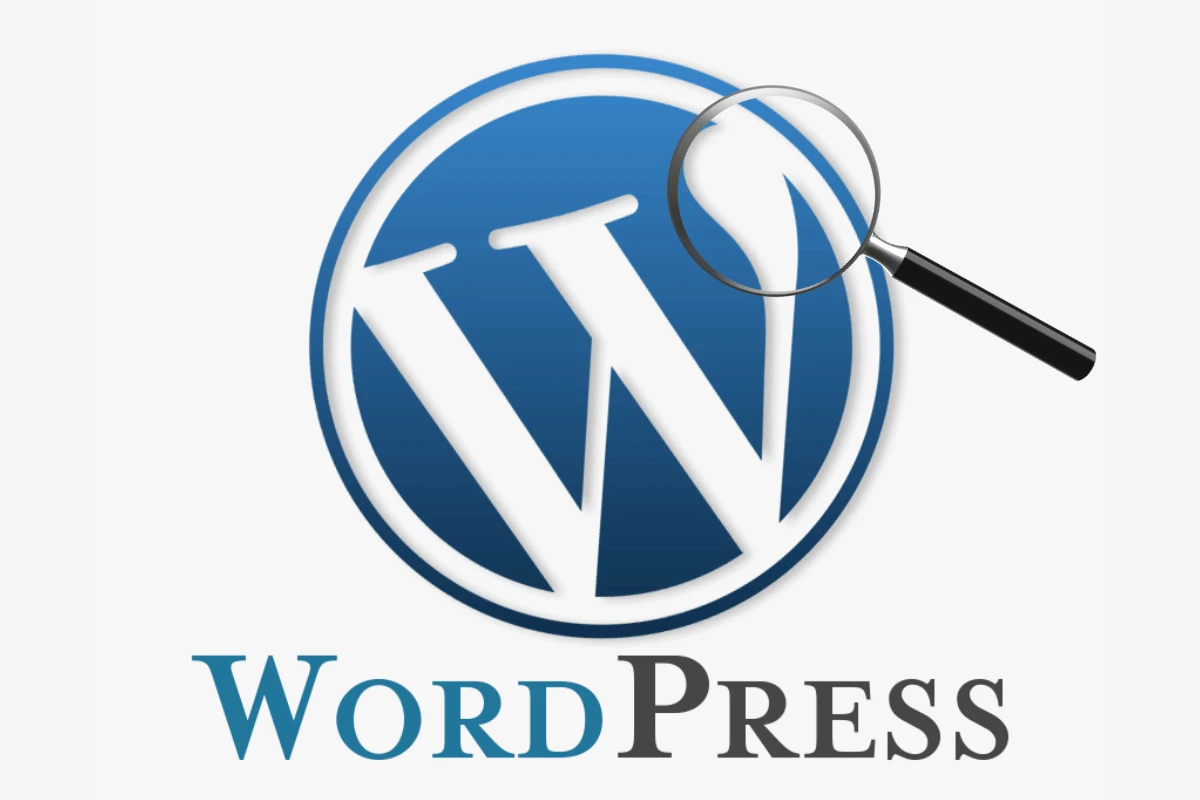In the realm of web development, terms like “static” and “dynamic” are frequently tossed around. But what do they truly mean? Simply put, static websites are pre-built and remain unchanged unless manually updated, while dynamic websites update and generate content in real-time based on user interactions.
As for WordPress, it’s versatile; it can be both static and dynamic! This adaptability is one of the reasons behind WordPress’s immense popularity.
So, are you ready to explore further? Dive into this article as we unpack these concepts and delve deeper into WordPress’s multifaceted capabilities.
Understanding Static/dynamic Websites
1.1. What Are Static Websites?
Static websites are essentially a collection of web pages with fixed content, meaning the information displayed remains unchanged unless it’s manually edited by modifying the HTML code.
These sites are prebuilt and served to the user exactly as stored, without any real-time changes based on user interaction.
They are often made up of a series of HTML files, each representing a physical page of the website. Examples of static websites might include portfolios, digital resumes, small business landing pages, or event announcement pages.
1.2. What Are Dynamic Websites?

Dynamic websites are interactive and generated in real time based on user behavior or preferences. They rely on server-side processing, often using a database to store content and scripts to retrieve and display that content based on user requests or actions.
Unlike static sites, where the content is fixed and unchanging, dynamic websites can provide tailored experiences, update content without altering the code, and offer complex functionalities.
Examples of dynamic websites include:
E-commerce Sites: Websites like Amazon or eBay where products, user reviews, and prices change regularly based on inventory, user activity, and other factors.
Blogging Platforms: Websites like Medium or WordPress blogs where authors regularly post new content, and readers can interact by leaving comments or sharing posts.
Social Media Platforms: Websites like Facebook, X (Twitter ), or Instagram where content is continually updated based on user interactions, posts, comments, likes, etc.
Online Banking: Websites that allow you to check your balance, pay bills, transfer money, or perform other banking activities, where the data changes with every transaction.
Educational Platforms: Websites like Coursera or Udemy where courses get updated, students enroll, and interactions take place in forums or comment sections.
Dynamic websites offer immense flexibility and interactivity, but they also come with challenges, particularly regarding their construction and maintenance. WordPress, being a robust Content Management System (CMS), is engineered to manage dynamic content seamlessly.
WordPress Under the Lens

3.1. Is WordPress Static or Dynamic?
For a quick answer, WordPress is inherently dynamic due to its database-driven nature. However, it can also be tailored to appear and function as a static site. Now, let’s explore this in-depth.
Diving into WordPress’s nature, it’s crucial to understand its foundation. You’re right; WordPress operates with a MySQL database and uses PHP as its scripting language. This combination inherently makes WordPress a dynamic platform.
Every time you visit a WordPress website, the content you see is fetched in real-time from the database using PHP, and then it’s presented to you. So, even if the content appears static or unchanging, the method by which it’s delivered is dynamic.
However, don’t let the surface deceive you. While a WordPress site might seem static from the front end, especially if the content isn’t frequently updated, it has a bustling, dynamic activity under the hood. The database interacts continuously with the user interface, making it possible to manage and display content seamlessly.
3.2. WordPress’s Transformative Nature
WordPress, with its vast ecosystem of themes and plugins, is exceptionally versatile. You can have a simple blog that might feel very “static” because the content doesn’t change often. On the flip side, you can run an e-commerce store, forum, or membership site on WordPress that’s buzzing with dynamic interactions.
Furthermore, various plugins can supercharge a WordPress site to enhance its dynamism. For example, there are plugins to fetch real-time social media feeds, display up-to-the-minute stock prices, or book appointments and sync them with your calendar. All these require real-time, dynamic interactions.
To sum it up, while WordPress can be shaped to produce a “static” feel, its true nature and power lie in its dynamic capabilities. Whether it’s through continuous content updates, e-commerce transactions, or interactive elements powered by plugins, WordPress is built to be dynamic. The beauty of WordPress is its adaptability; it’s as static or dynamic as you design it to be.
Tips for Building a Dynamic WordPress Website
Making WordPress more dynamic can be fun, but there are things you should know before diving in. Let’s explore these tips!
4.1. Know Why You Need It:
If you’re planning to build an online shop, a learning platform, a marketplace, or a forum, then you’re looking at making a dynamic site. In simple terms, if your website needs to do more than just display information, like letting users buy products or chat in forums, then you need it to be dynamic.
4.2. Pick the Best Hosting:
A dynamic website uses more resources. So, make sure your hosting can handle it. This way, your site stays fast and works well.
4.3. Use Plugins Carefully:
Plugins are essential tools that can enhance the dynamic capabilities of your WordPress website. However, it’s crucial to choose them wisely:
E-commerce: WooCommerce is a top choice. It transforms your website into a full-blown online store with all the necessary features.
E-learning Platform: LearnDash or WPTutor are excellent for creating online courses or learning management systems.
Social Media Integration: Smash Balloon Social Post Feed lets you integrate your social media feeds dynamically onto your WordPress site.
Interactive Forms: Gravity Forms or Contact Form 7 can be used to create dynamic forms for collecting information or feedback.
Events and Booking: Events Calendar or Bookly can make your website an interactive platform for event management or appointment bookings.
Caching: WP Super Cache, W3 Total Cache, or LiteSpeed Cache are great for ensuring optimal speed in dynamic sites.
SEO: Yoast SEO or All in One SEO Pack help in dynamically optimizing your content for better search engine rankings.
Always remember to only add plugins that align with your site’s goals. Ensure they’re from trusted sources to maintain your site’s security and efficiency.
4.4. Go for Active Themes:
There are WordPress themes that come with more features and animations. Using these themes can make your site more lively without adding too many plugins.
4.5. Check Your Site Often:
Keep an eye on your website. Make sure to update plugins and themes and check if everything’s working right.
Following these tips will help you make the most out of WordPress and keep your site running smoothly. Remember, it’s all about balance.
Conclusion
WordPress, in its versatile nature, stands as a testament to the evolving world of website design and development. Whether you’re aiming for a static informational site or a dynamic, interactive platform, WordPress has the capabilities to cater to both and everything in between.
It’s crucial to remember that while the platform provides myriad opportunities, it’s essential to align your choices with your specific needs and the goals of your project. By understanding the fundamentals and leveraging the right tools, you can craft a WordPress website that not only meets but exceeds expectations. And if ever in doubt, remember that professionals like WP Site Makers are there to guide and assist you every step of the way. Dive into the world of WordPress with confidence and watch your visions come to life.

